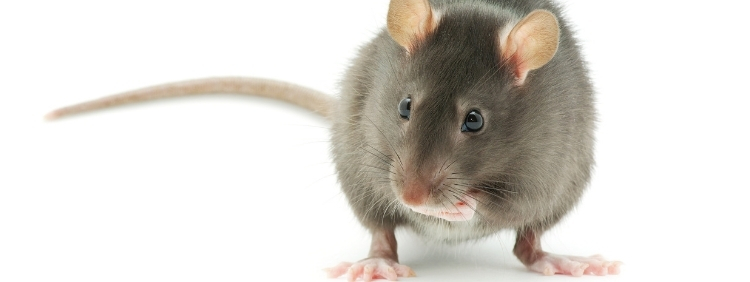 Whiskers are necessary for mice to navigate the world around them. Mice use their whiskers to transmit crucial sensory information to their brains that tell them what to do next and how to do it. Without their whiskers, mice are limited in how they perceive dangers around them. Learn how mice use their whiskers to their advantage and who to call if you need pest control services in Guelph.
Whiskers are necessary for mice to navigate the world around them. Mice use their whiskers to transmit crucial sensory information to their brains that tell them what to do next and how to do it. Without their whiskers, mice are limited in how they perceive dangers around them. Learn how mice use their whiskers to their advantage and who to call if you need pest control services in Guelph.
 Whiskers are necessary for mice to navigate the world around them. Mice use their whiskers to transmit crucial sensory information to their brains that tell them what to do next and how to do it. Without their whiskers, mice are limited in how they perceive dangers around them. Learn how mice use their whiskers to their advantage and who to call if you need pest control services in Guelph.
Whiskers are necessary for mice to navigate the world around them. Mice use their whiskers to transmit crucial sensory information to their brains that tell them what to do next and how to do it. Without their whiskers, mice are limited in how they perceive dangers around them. Learn how mice use their whiskers to their advantage and who to call if you need pest control services in Guelph.

